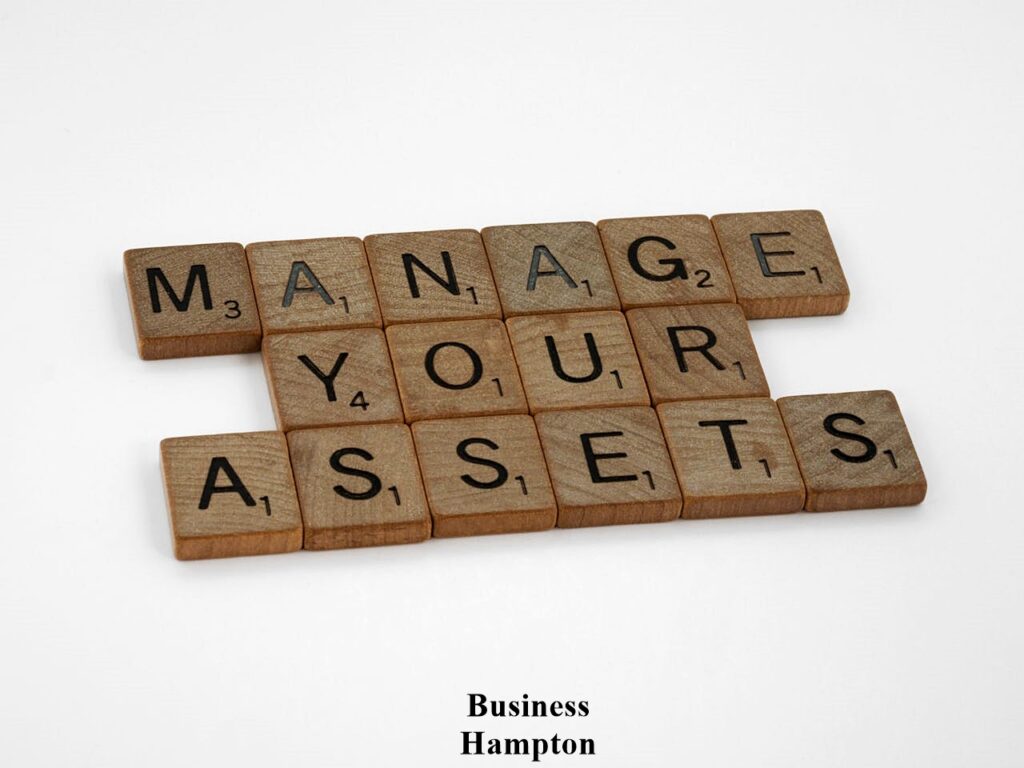- How to Use Balance Sheet to Determine if Your Business is Solvent - October 11, 2024
- How Sara Blakely’s New Entrepreneurial Venture “Sneex” Advocates for Women? - August 19, 2024
- How Modern Customer Acquisition Strategies Can Help Businesses Grow Tremendously - August 5, 2024

Table of Contents
Understanding the concept of “Assets” is of fundamental importance in field of both finance, and overall business world.
What is the meaning of Assets?
The term “Assets” basically refers to the resources or reserves that are usually in possession of businesses or individuals in expectation of bringing some economic benefits in future.
“Or”
In simple words, any resources that a business as entity or an individual owns that have some financial value are called assets.
What is the purpose of owning Assets?
The main purpose of owning “assets” is usually that it may bring some monetary benefits with time either after selling those or using it.
What are different types of Assets?
This term can be understood by sorting it into various categories on the basis of their physical presence, usage and convertibility. Generally these are the main types.
Current Assets:
These are also called “short term assets.” These are generally used or converted into cash within a small period of time.
What is an example of assets?
Cash is one of the simplest examples of current assets. Money present in banks or other such liquid securities like government issued treasury bills.
Accounts Receivable:
It is that money that customers or retailers owe to the businesses in exchange of goods or services.
Example:
Pending bills owed by retailers to wholesalers or outstanding bills paid through credit cards by customer are examples of Accounts Receivable.
Inventory:
Inventory is also a type of asset as these are up for sale and will bring revenue in return.
Non-Current Assets:
Non-Current Assets, also known as “Long-Term Assets” are those assets that are possessed and maintained for a longer period of time (more than a year).
Example:
These include properties like land and buildings and factory sites. It also refers to “tangible assets” like production equipment’s and automobiles that are used in business operations. Long term investments also include bonds and stocks if retained for a long period of time.
Tangible Assets:
Lets’ take example of an industrial manufacturer where all the equipment used in production, automobile used to commute and to deliver goods would count as Tangible assets of that manufacturing plant.
Intangible Assets:
These are non-physical but value providing resources like intellectual properties of a business. For example software, technology patents and trademarks like logos that bring recognition to a brand.
How understanding the concept of Assets can help budding entrepreneur in running their businesses?
A thorough understanding of this concept is imperative for all the budding business owners and aspiring entrepreneurs to stay aware of company financial strength to be able to take investments decisions accordingly.
Assets can also prove to be key possessions in form of collateral if the business is seeking to secure loan.



